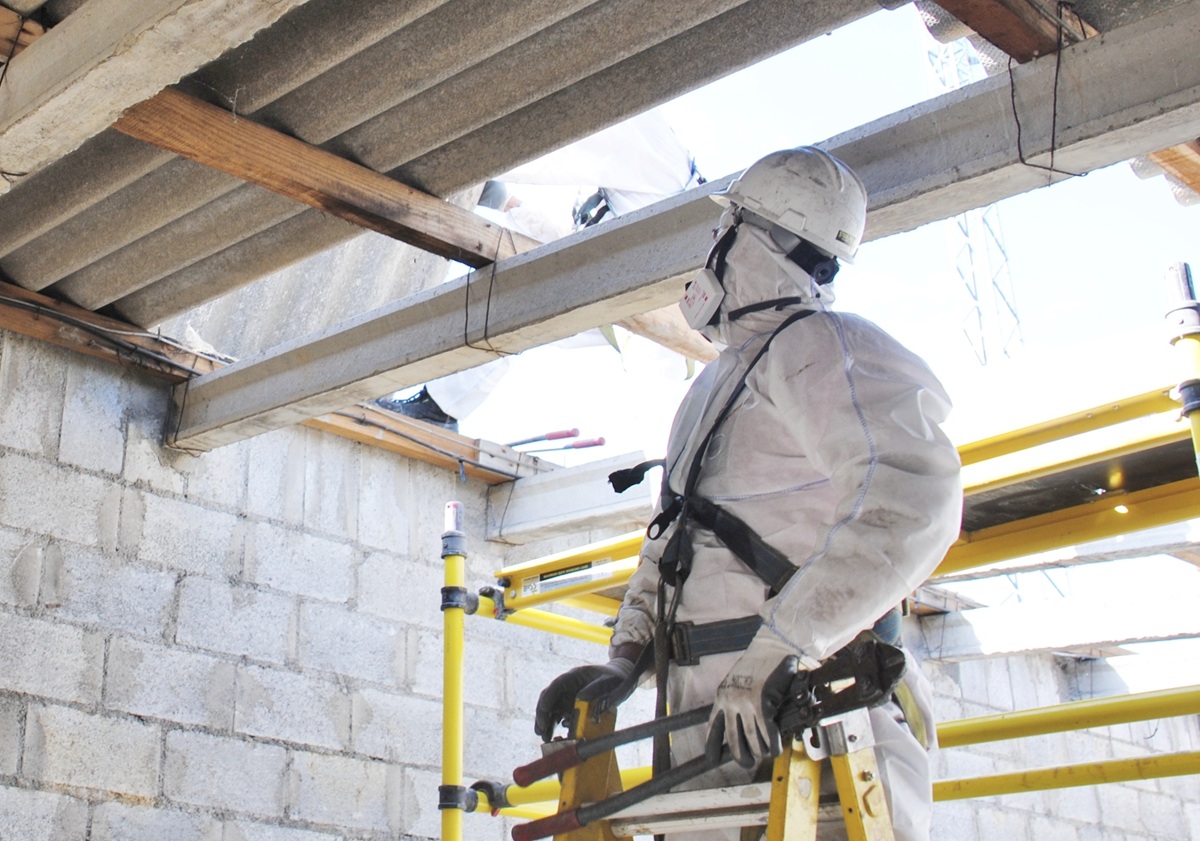Will San Diego be at the center of California’s next deadly earthquake?
The odds are 99-1 that a killer quake – larger than anything we have known – will happen in our lifetimes, somewhere in the state.
It could wield its lethal blow in San Diego, according to California Earthquake Authority CEO Glenn Pomeroy[i].
“In the greater San Diego area, the Rose Canyon Fault runs through the heart of the city and along the ocean, presenting a major seismic hazard to the region,” he wrote in an Op-Ed published recently in the San Diego Union-Tribune. “The San Diego area’s large population, coupled with the seismic vulnerability of its older homes, buildings, and infrastructure systems, put the region at risk of significant damage from earthquakes.”
According to U.S. Census data[ii], more than 53% of the housing units in San Diego County were built before 1980 and could be in need of retrofitting, he said.
That includes multi-family units.
Are the odds in your favor?
How do you weigh the risks you face against the costs to guard against them?
When it comes to the health and safety of my family or our livelihood, I’m want to protect what I cherish. Crossing my fingers and hoping for the best is not a viable option.
The math is clear. Researchers at Caltech showed every dollar spent in retrofitting soft-story structures can save property owners up to seven dollars, and that didn’t include loss to contents, alternate living expenses or deaths and injuries – all of which would significantly increase the cost-to-benefit ratios.[iii]
FEMA found similar cost benefits in a two-year analysis of seismic retrofit scenarios on a variety of buildings in locations throughout the United States. The study found high benefit-to-cost ratios for California buildings, including a tilt-up warehouse in Hayward.
Financial assistance
California, along with several cities and counties within the state, offer exclusions from property tax assessments of construction costs for seismically strengthening buildings with retrofits along with waivers of transfer taxes, etc.[vi]
Beyond these financial incentives, cities such as Los Angeles also allow building owners to recover up to 50% of the cost of their retrofit in the form of increased rents to their tenants.
Owners of California’s estimated 100,000 older, existing affordable multifamily housing buildings urgently need more assistance in these difficult financial times. With an average of 10 units per building, as many as 2,500,000 Californians may be living in pre-1978, soft-story buildings that are subject to collapse in earthquakes. There is an urgent need for government agencies to enact policies and allocate resources to speed these safety improvements.
Contact Optimum Seismic today at 833-978-7664 or visit optimumseismic.com to arrange a complimentary assessment of your multifamily housing building.
[i] Union Tribune, “How to strengthen your home against earthquakes,” https://www.sandiegouniontribune.com/opinion/commentary/story/2021-06-24/opinion-how-to-strengthen-your-home-against-earthquakes
[ii] U.S. Census Bureau https://data.census.gov/cedsci/table?text=housing%20characteristics&g=0500000US06073&tid=ACSCP5Y2018.CP04&hidePreview=true
[iii] Association of Bay Area Governments, “Soft-Story Residential Buildings in Earthquakes – Risk Management and Public Policy Opportunities.” http://resilience.abag.ca.gov/wp-content/documents/PR-Soft-Story.pdf
[iv] Clean Fund, https://www.cleanfund.com/news-and-events/news/seismic-retrofitting-burden-or-benefit/
Insert new ## 21 and adjust other ##s. “Earthquake Damage Estimates Hit $48.5 Million, Salt Lake County Officials Say,” McKellar, K. Desert News, April 9, 2020.
[v] Clean Fund, https://www.cleanfund.com/news-and-events/news/seismic-retrofitting-burden-or-benefit/
[vi] City of Berkeley, https://www.cityofberkeley.info/uploadedFiles/Online_Service_Center/Planning/SeismicRetroProgramGuidelines.pdf







